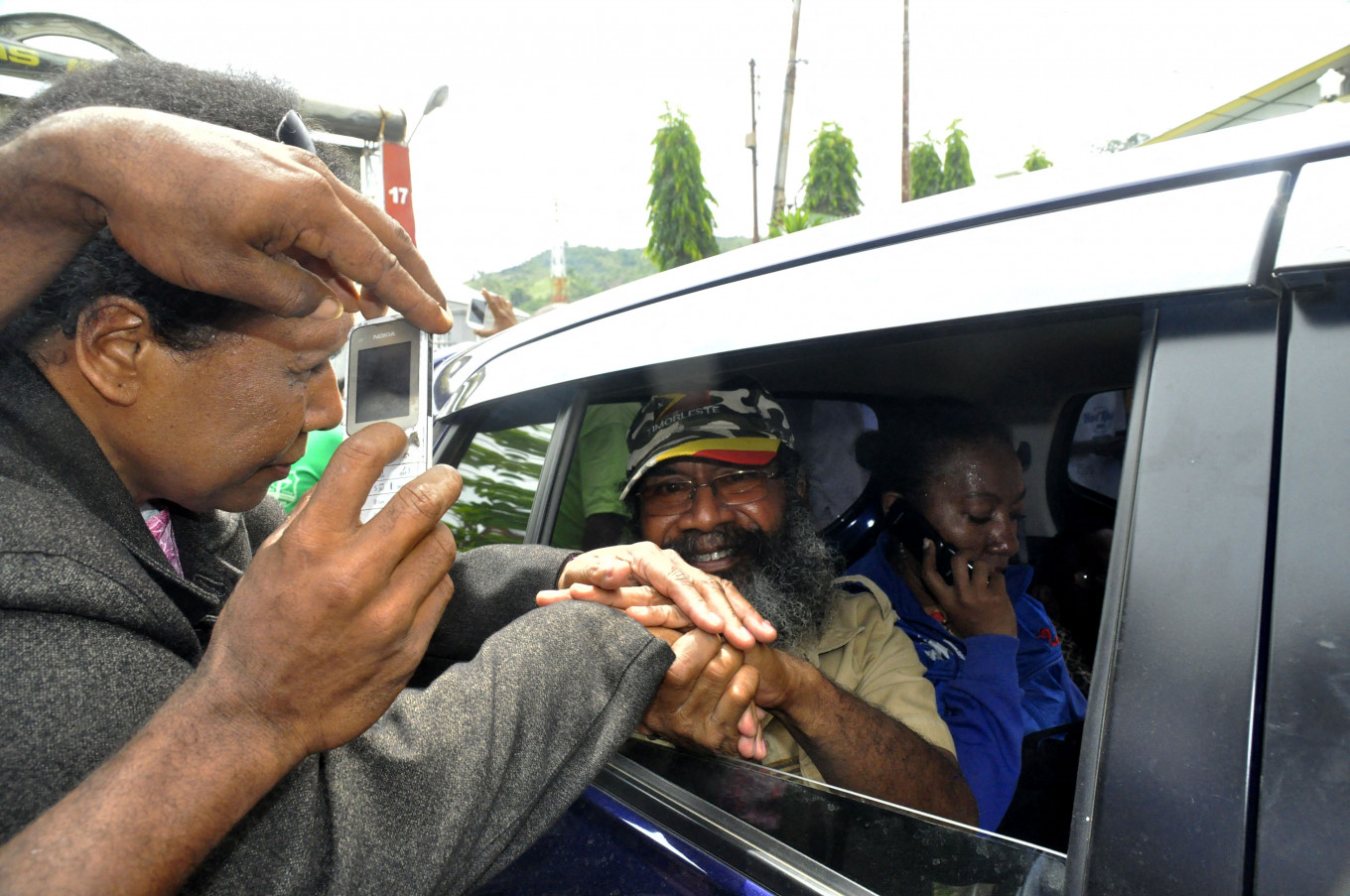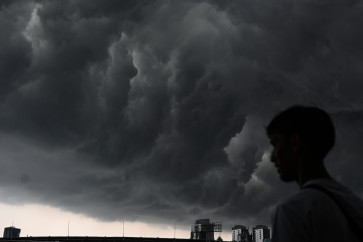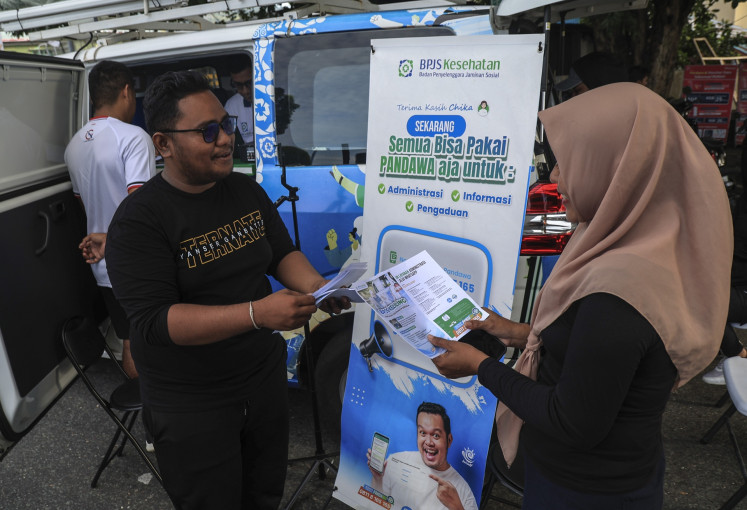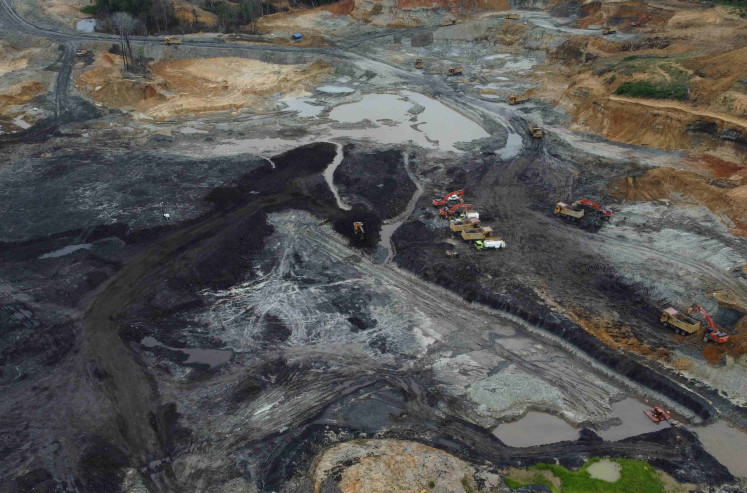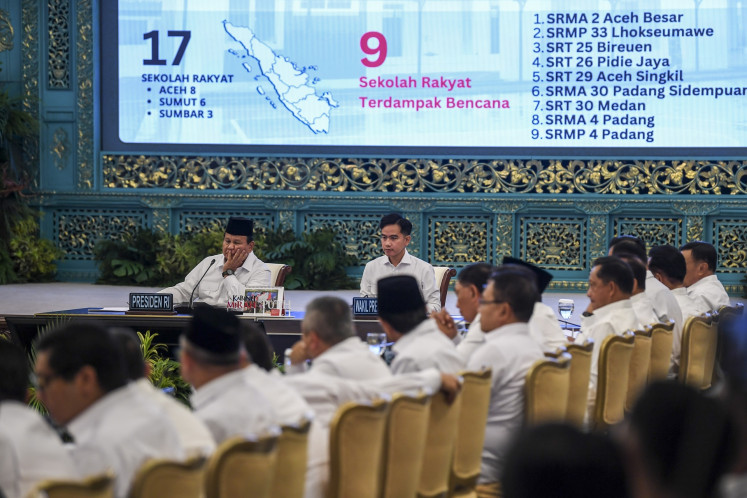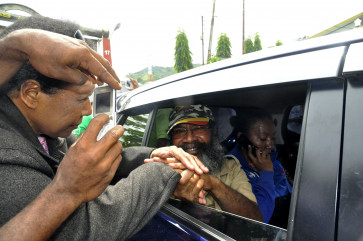Popular Reads
Top Results
Can't find what you're looking for?
View all search resultsPopular Reads
Top Results
Can't find what you're looking for?
View all search resultsPapuan leadership and representation is under threat
People in Papua idolize figures who can unite, build solidity and unite the interests of indigenous Papuans amid very complex problems.
Change text size
Gift Premium Articles
to Anyone
O
n Nov. 1, the public in Papua was shocked by the discovery Filep Karma's body on the coast of Base G in the provincial capital of Jayapura. It was found in a wetsuit, bloated and with several wounds. Filep is a former political prisoner and activist for Papuan independence and was the author of a prodigious book entitled Kitorang Half Animal (We Are Half Animal).
As soon as Filep's death was reported, social media was filled with all kinds of speculation as to the cause of his death. Even though Filep's second daughter finally stated that her father's death was purely an accident while diving, the public did not apparently believe it and still demanded a transparent investigation.
The community's distrust stems from a previous incident in which the military killed iconic Papuan independence leader Theys Eluay, former chairman of the Papua Presidium (PDP), on Nov. 10, 2001.
In a more macro context, and from observing various discussions that develop in social media groups among Papuan leaders and intellectuals, they tend to see a “systematic” effort to “harass” the leadership in Papua. One of them is Papuan Governor Lukas Enembe, who is currently a suspect in corruption and gambling cases and is awaiting questioning by the Corruption Eradication Commission (KPK).
The discussion in the group also featured a flyer listing Papuan leaders who died from 2020-2021, such as Alex Hesegem (deputy governor of Papua 2006-2011), Demas Mandacan (Manokwari regent), Habil Melkias Suwae (two-time Jayapura regent), Paskalis Kocu (Maybrat deputy regent) and Yairus Gwijanggi (Nduga regent). The flyer was peppered with a statement, “We Papuan generation, we will note that 2020-2022 is the period of mysterious deaths in the special autonomy era”.
The loss of leadership figures seen as valuable assets in Papua can be understood because seeking representation of indigenous Papuans (OAP) is difficult. People in Papua idolize figures who can unite, build solidity and unite the interests of indigenous Papuans amid very complex problems. The leadership figures above were OAP representatives that came to the fore because of the consensus and struggle built together amid various challenges.
Conceptually, efforts to build representation in Papua have faced many trials. One of the classic problems in Papua is that the OAP have never been placed on an equal footing by the government to determine their destiny. The stigma of backwardness and stupidity, or allegations of separatism are permanently attached so that others must represent the interests of indigenous Papuans because they are considered “incapable” of representing themselves, or there are suspicions of motives that are contrary to the interests of the state.

